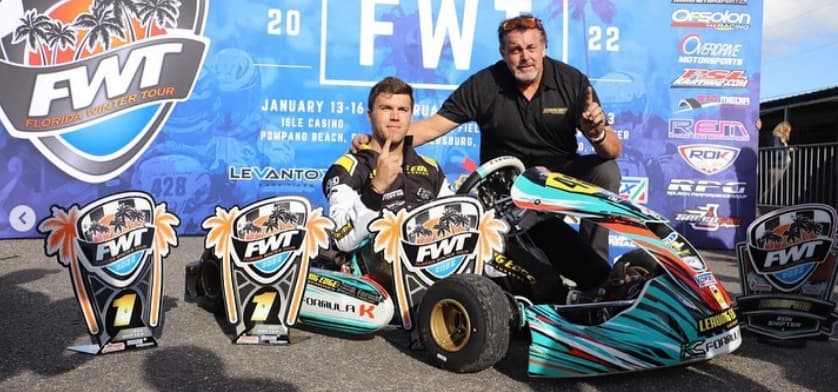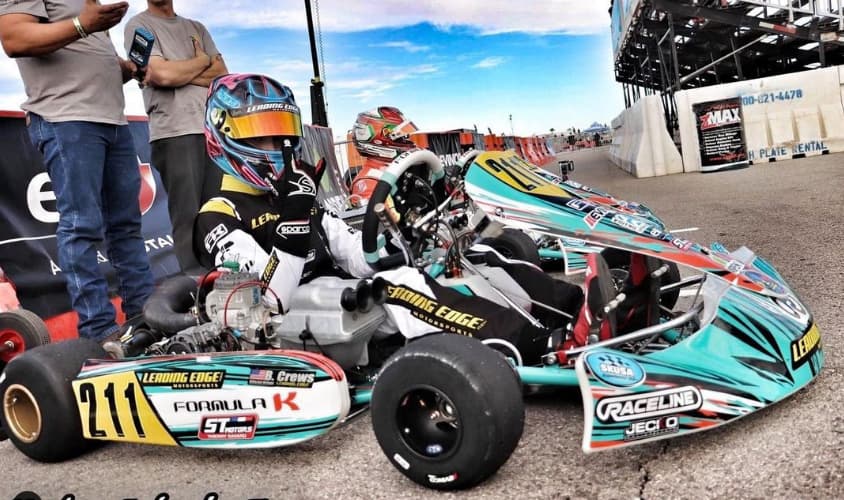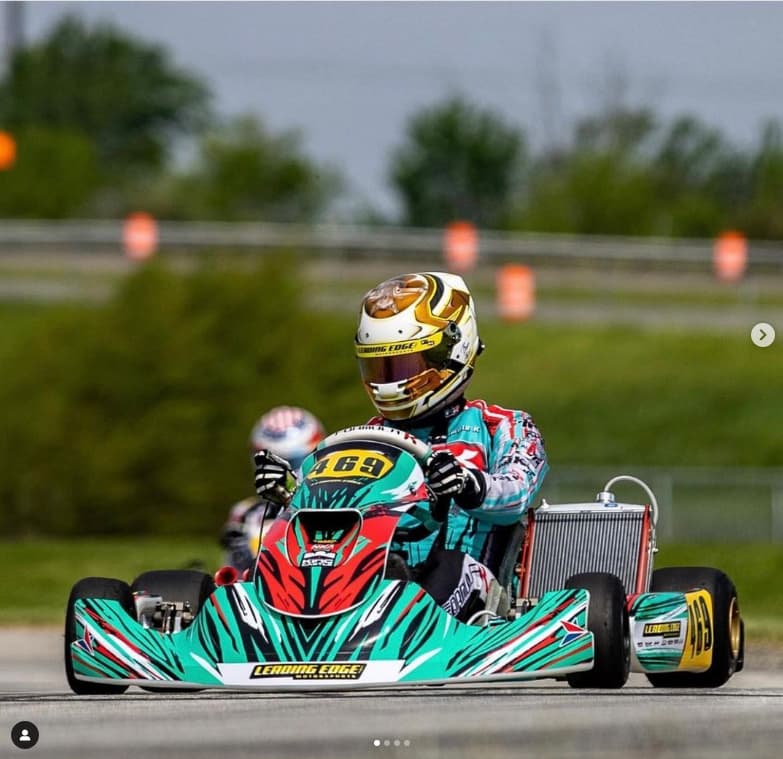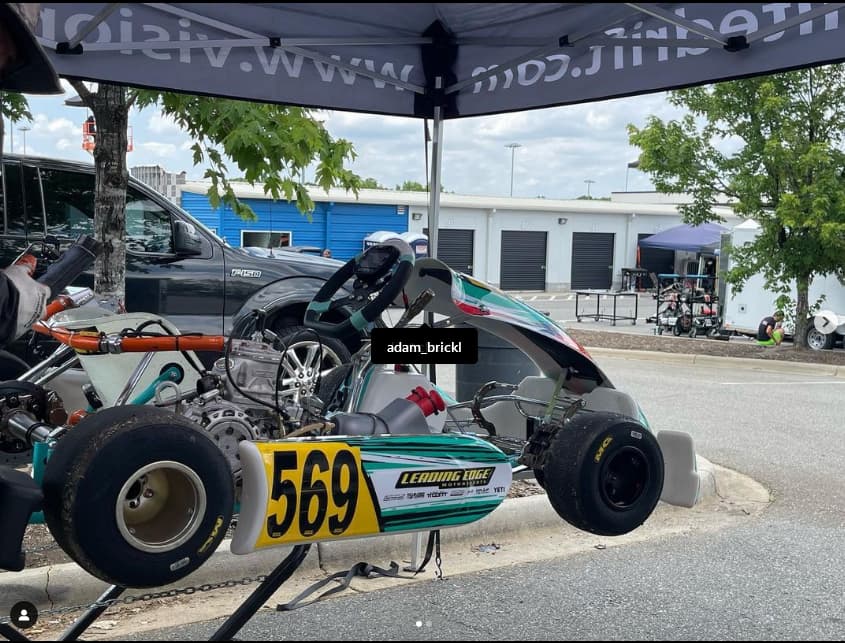Are the 214mm wheel legal? Do you know what the back spacing is?
Here’s an interesting chart on casting vs forgings, which shows a significant difference in yield point between cast and forged and also with much better ductility. With a higher yield point, the wheel can be made thinner, thereby improving thermal conductivity with the same strength. The OTK MXC/MXL/MXQ wheels are forged and therefore cost more to make. The MXJ, Douglas wheels are forged. It may be possible to make a cast wheel with the same thermal conductivity as a forged wheel by clever design (I don’t know how).
They are legal but you may need to check your local series. You will just need to run them at the maximum width allowed by your series. I do not have info on the back spacing
Lindsey, have any thoughts on the difference between MXC and 9F?
I am going to see if we can do a test v MXC. I have had people give me qualitative feedback but I don’t have anything with data. Anyone want to lend a set of MXCs for the test?
Qualitatively this is what I have heard:
MXJ….Tiger….Lynx.MXC.3F…MXQ.9F
This is a continuum of grip provided by the wheel with most grip being on the left and least on the right.
@Muskabeatz has driven more wheels, especially OTK wheels, than I have so he may have additional thoughts on this.
What’s the next big race you’ll be at? I’ve got a pile of MXCs and really want to try a set of AMVs before pulling the trigger, but no one local has a set.
USPKS at Road America. @Muskabeatz and I will be there.
Forgot you’re east coast. Guessing you won’t be out west until Vegas races.
Ran mxc and 9F this weekend. Not back to back unfortunately. Initially I can’t say I feel a big difference. Need to use them session to session. I do think they might be slightly more free.
I’ll report back soon as I get more data
Great, also comment on the track grip! You were at Pat’s Acre last weekend. Very respectable run but Mike Smith is pretty fast.
Ah damn, should have came to say hi. I love meeting new people. The track was amazing. It never really got greasy. It was definitely the most gripped up track i have driven in my short time karting. I have no idea how people kept things free that were on MXJ and a N axle. I ran a HD on standard hubs all weekend with the MXCs. Started thursday/Friday on H axle and MXC and switched to HD for Saturday with MXC
I appreciate it. Mike is a machine. His consistency is unreal. As he said in his interview on short pace i had him. Long term pace he destroyed me. Gives me a target and i know i have to go back again.
Can you help me understand the examples below? Based on what I’ve heard, MXJ for low temps, MXC for everything else, that seems to be the consensus, and I agree based on what I’ve tried myself. Maybe MXJ again for a qualifying lap, when you are trying to go all out and bring the temps up quickly and you won’t stay out long anyways. But when I look at what leadingedge is doing, it doesn’t compute. I picked them as it was easy to spot, they seem to do a lot of mix and matching, and looking at their placements, with good results. Why would they frequently put MXJs on the rear of a shifter, probably the most prone to overheating?
MXJ allround
MXJ rear and DWT classic in front
MXJ Front, DWT (classic?) in rear (this I get)
MXJ allround
MXJ rear, DWT (classic?) front
MXC rear, DWT classic front (this I get)
I think that last photo displays a rear MXL or MXQ rim
I’m going to make a statement that most others might not agree with, but I think its important to think about…
This will be an unpopular opinion, but I think it shows that wheel selection is an extremely tiny piece of the tuning pie. Most Mag wheels will operate the same. It is extremely difficult to tell the difference in wheel performance. With the right air pressures and the right kart set up, you can win on any wheel.
I half agree with you, and half adamantly disagree. ![]()
In a class like 206 I think it’s a lot less important, but in a class that abuses the tire the difference is very noticeable between wheels. I back-to-backed MXJs vs. Douglas LV recently to refresh my memory, and the temperature consistency is noticeable. The MXJs were very clearly struggling after 4-5 laps on Badger’s National layout, burning off the right rear tire to the point I could start to feel the kart drifting too wide in turn 1 around that 4 lap mark. I drove the Douglas LVs then and the kart didn’t feel particularly good on them, but it was far more consistent. The lap time and the feel of the tire stayed the same for basically 20 laps straight.
I sold my last set of MXCs (unless I have a set hiding in storage somewhere) and I’m really regretting it now, to the point where I’m considering buying a set before I go to the USPKS race in a couple weeks, because I don’t think I will be as competitive without them.
As for why Leading Edge is mixing and matching wheels, I couldn’t tell you. You can clearly tune that way and control the temps of the tire differently if you’re overheating one end of the kart, but having the MXJs on there, on a soft tire and a moderate grip track makes little sense to me. But I’m not a shifter guy and I’m not built like a gorilla like Danny.
Having the Q or L on the rear and the Douglas on front makes more sense to me from a temp control perspective. I wonder if the MXJ provides some advantage during the holeshot if you’re able to get them hotter on the out lap…?
Danny has always liked the MXJ rears due to the grip and side bite generated, but as TJ points out, Danny is built different. He ran that wheel when he was on a Charles Leclerc kart with PSL. I always found the stock Freeline wheel to have tons of grip, and never had a need for more when I was on BirelArt equipment, so I would likely never use the MXJ in the way that Danny seems to.
In terms of wheel performance in general, there is definitely a huge difference between the handling characteristics of certain wheels, but less difference between others…just depends on what wheels you’re using, and what you’re trying to accomplish in terms of handling.
Mixing wheels is not a bad strategy, if you need to fix a balance issue or manage temp rise in the tires.
In a shifter too much grip is brutal but there are some very strong guys who can muscle the kart around, it might be faster. Back in a Rotax Challenge race in PHX there was so much grip in the sweeper T6 (?) it seemed like that time through there was just limited by the amount of steering force.
Being lightweight with wimpy arms and lots of lead getting the grip level right is important, for me wheels are an important tuning tool. Always had a set of MXC regardless of the brand. With the right wheel the gain is 2 or 3 tenths at best but much less fatigue.
One thing i can say, i ran the mxc on the sodi and after on kosmic. On the sodi i never managed to get the Performance out of them. On kosmic they worked superb. So it might be, that the mxc wont work as good on other Chassis than on otk
Wheel selection (inclusive of all wheels) is definitely chassis, tire, and track condition dependent. Some are more versatile than others. I’ve noticed that with current chassis and tire combo’s the MXC seems more versatile than what it did 10 years ago. I would think the same would apply to other wheels of similar grip level such as the AMV 3F. I prefer the feel of the AMV 3F over the MXC, but as @Paul_Montopoli mentioned before, we’re hoping to do a more quantitative test of the two against one another.
206 racer Ben Stahl of Stahl Racing and YT video fame tested AMV 3F as he was trying to free his BirelArt. With the stock DF, he felt the kart had too much grip. Here is Ben’s POV. Video starts 14:50 - his impressions







